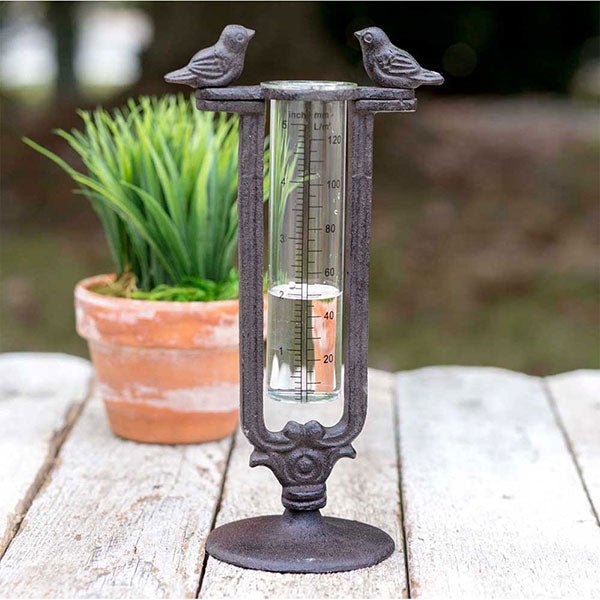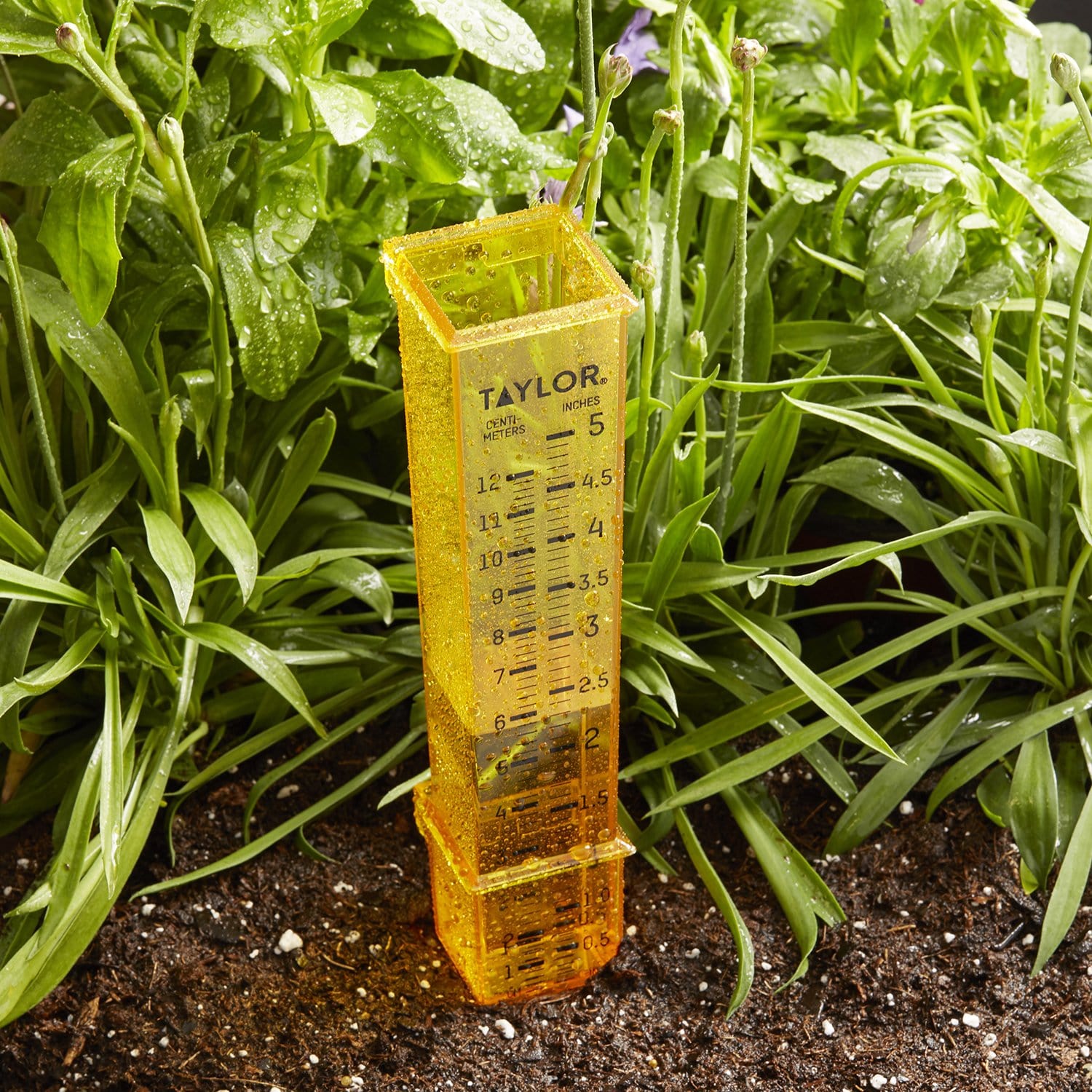The Rain Gauge: A Comprehensive Guide to Accurate Climate Measurement
Wiki Article
Do It Yourself Rainfall Gauge: Straightforward Steps to Make Your Own
Are you interested in tracking rains in your area? Developing your very own do it yourself rainfall gauge is a efficient and straightforward means to tape and determine rainfall. With just a few typical materials and some fundamental steps, you can quickly create your own rainfall gauge in the house. In this guide, we will offer you with a detailed procedure to help you create your very own rain gauge. No requirement for any kind of specialized knowledge or equipment - this task can be finished by any individual. By following these straightforward directions, you will have a trusted device to gauge rainfall and add to your understanding of the local weather condition patterns. So, let's start on making your DIY rainfall scale today!Gather Products
To start creating your DIY rainfall gauge, collect all the essential products using a comprehensive checklist of things. Having the appropriate materials on hand will make certain the effective production of your rain gauge and allow for exact dimensions of rains. Collecting these products ahead of time will certainly simplify the construction procedure and ensure that you have every little thing you need to produce your own DIY rainfall gauge.Prepare the Container

Mark the Dimension Increments
To precisely gauge the amount of rains, properly marking the measurement increments on your DIY rainfall gauge is crucial. Without clear and precise markings, it would certainly be difficult to determine the specific amount of rains accumulated in your rain gauge. Below are the steps to note the dimension increments on your rain gauge.The most common units for determining rains are millimeters and inches. Once you have actually selected the unit, use a permanent pen or water resistant paint to note the increments on the side of your rainfall gauge.
When noting the increments, it is essential to guarantee that they are uniformly spaced and plainly noticeable. Utilize a ruler or measuring tape to guarantee precision and uniformity. Furthermore, see to it that the markings are resistant to fading or abrading, as exposure to the components may create them to weaken gradually.
Place the Rainfall Scale Outdoors
The rain gauge should be placed outdoors to properly gather rains data. The webpage area picked for the rain gauge need to be totally free and open from any type of obstructions that can possibly impact the measurement of rainfall. It is vital to find an area that is not blocked by trees, buildings, or various other structures that could block the rain from getting to the gauge. This will guarantee that the accumulated information is agent of the real rainfall in the location.Additionally, it is important to position the rain gauge on a stable surface, such as a degree ground or a strong post. This will certainly stop any kind of activity or tilting of the gauge, which can result in imprecise dimensions. It is likewise advisable to avoid putting the scale near any sources of fabricated water, such as lawn sprinklers or drain systems, as this might disrupt the precision of the measurements.
Screen and Record Rain Data
Regular tracking and recording of rains data is crucial for accurate information evaluation and interpretation. By maintaining track of rainfall measurements, you can acquire valuable understandings into weather condition patterns, climate trends, and water resource administration. To efficiently keep an eye on and tape rains information, it is vital to develop a routine and preserve consistent practices.First of all, guarantee that your rainfall scale is positioned in an open area far from obstacles such as trees or buildings that may obstruct rainfall. Furthermore, make certain the rainfall gauge is degree and securely anchored to prevent any type of motion that can affect the precision of the measurements.

When videotaping the rainfall data, it is essential to keep in mind the date and time of each dimension. Make use of a ruler or a gauging adhere to this establish the rainfall deepness in the rainfall gauge, and record this info accurately.
click for more info
To ensure the precision of the dimensions, it is advised to clear the rainfall gauge after each recording. This will certainly protect against any kind of overflow or dissipation from affecting succeeding dimensions.
Final Thought
To conclude, developing a DIY rainfall scale is a straightforward and functional method to check and tape rainfall data (The Rain Gauge). By following the actions laid out in this post, you can easily collect materials, prepare the container, mark the dimension increments, and place the rain gauge outdoors. Routinely monitoring and recording rains data can offer useful details for various functionsHaving the right materials on hand will make sure the successful development of your rainfall scale and permit for precise dimensions of rains.To properly measure the amount of rainfall, precisely noting the dimension increments on your DIY rain gauge is vital.The rainfall gauge must be positioned outdoors to properly collect rainfall information. The location picked for the rain scale ought to be open and cost-free from any obstructions that can possibly impact the dimension of rains.In conclusion, developing a DIY rainfall gauge is a functional and basic means to monitor and record rainfall information.
Report this wiki page